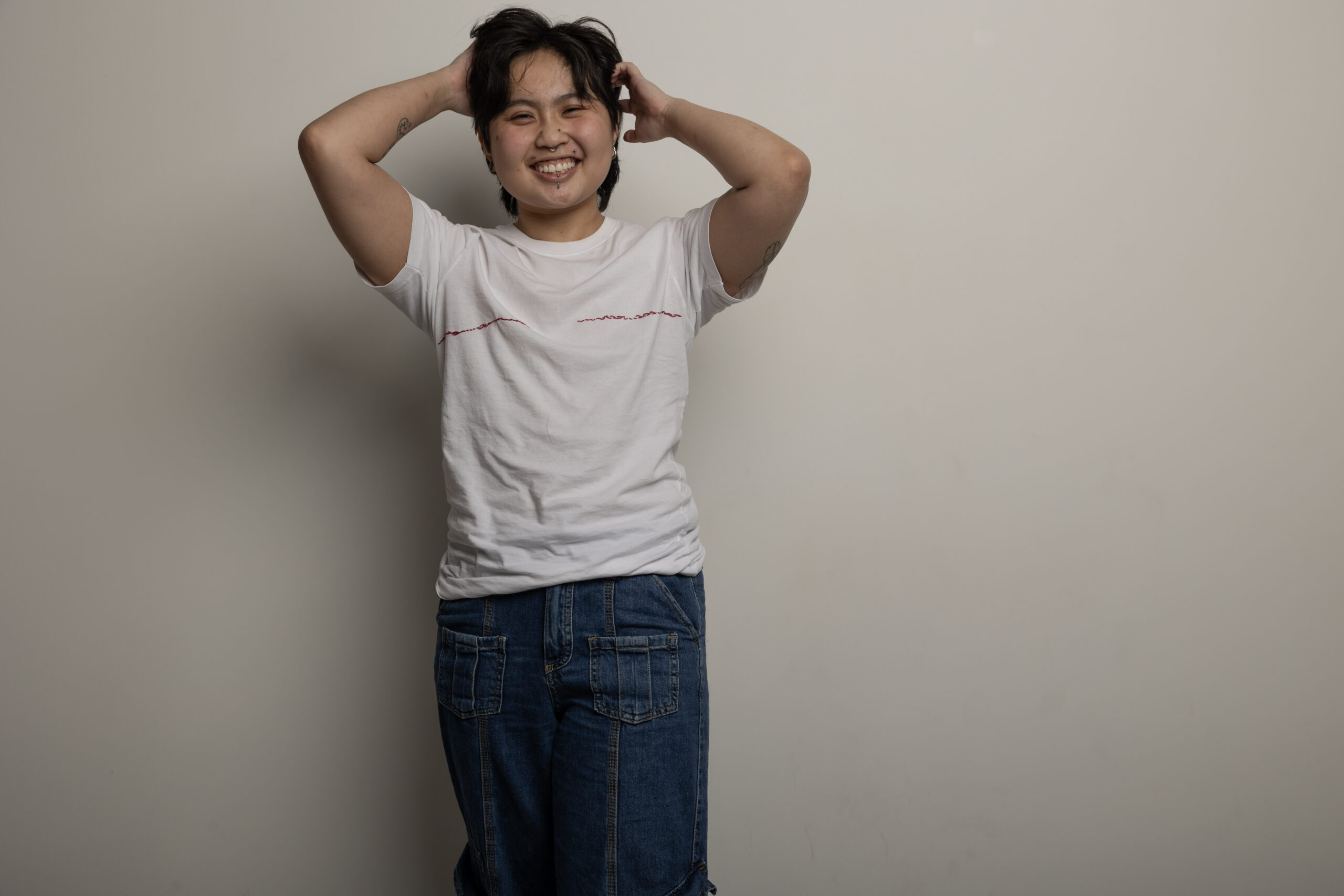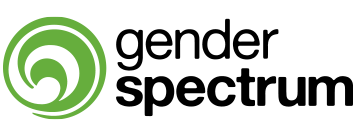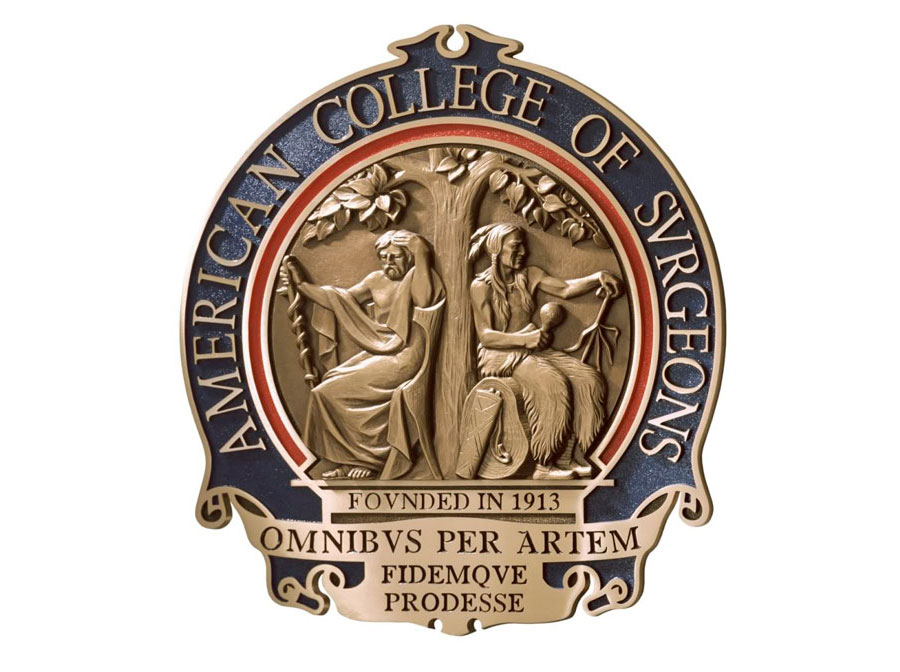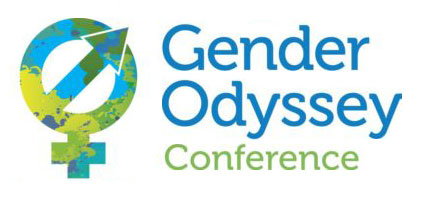Why Choose GCC?
All Styles, Techniques,
& Identities
Experienced doctors with a full range of face + body feminization, masculinization, and non-binary options.
Knowledgeable,
Caring Staff
We provide a supportive environment for patients to ask questions and learn about their best options for surgical transition.
Insurance
Concierge
Leave the insurance worries to us. Get full instructions to set up your virtual consultation!
Connect with us
The Gender Confirmation Center's #AIlOfUs Project is a project that increases the visibility of gender-expansive health care through the voices of GCC surgeons.






We Strive for excellence in the work we do.






News & Announcements

Gender-Affirming Surgery: Embracing Gender Congruence
Gender-affirming surgery is an umbrella term for a series of surgical procedures that help transgender, non-binary and gender non-confirming individuals alleviate their gender dysphoria and promote a sense of congruence between their physical body and gender identity. Below we outline..
Read MoreSign Up For Instructions To Get a Virtual Consultation
The virtual consultation will be billed to your insurance company. We will accept the insurance reimbursement as payment in full.









